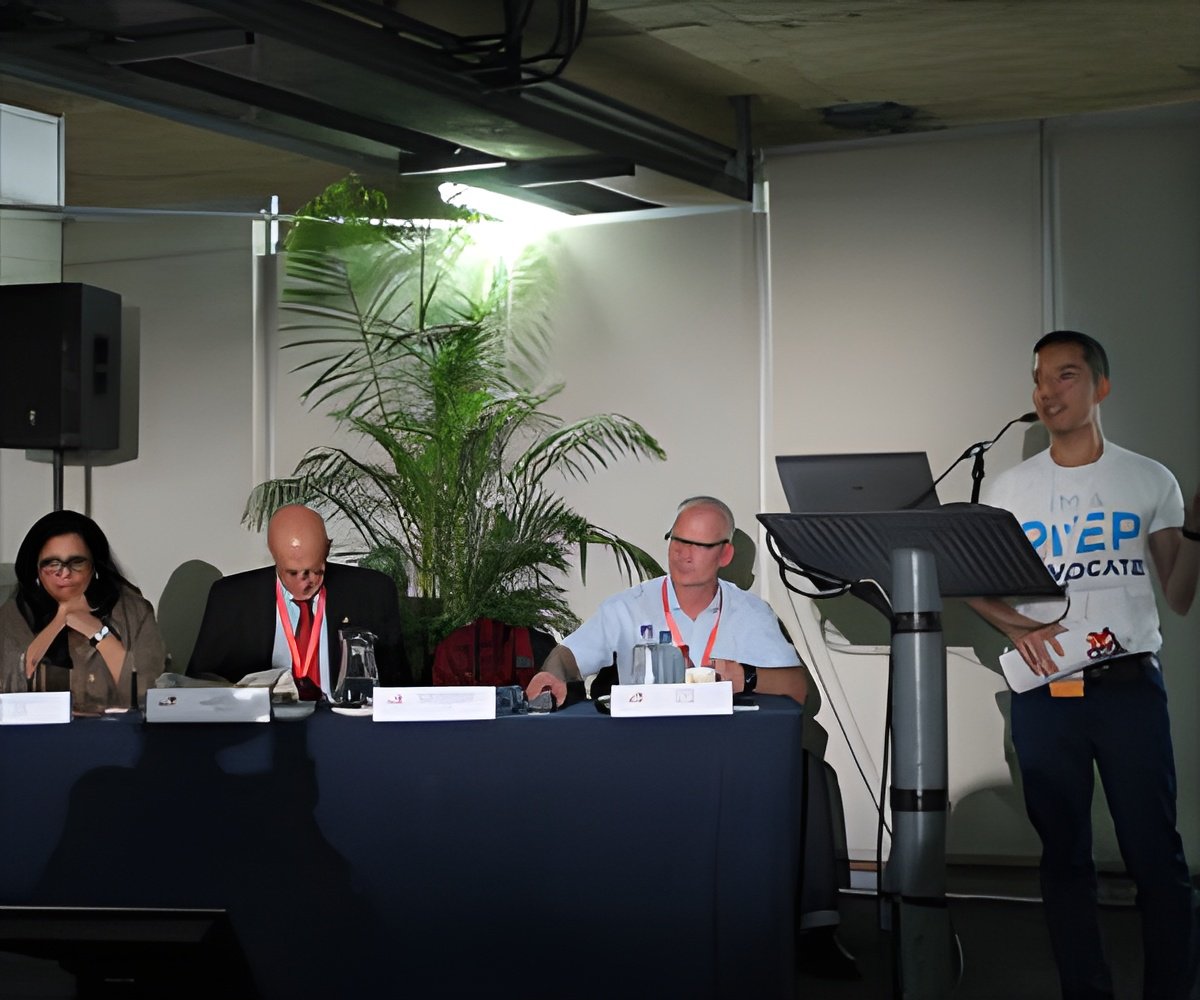Asia Pacific region lacks investment for HIV prevention. Increased investment can breakdown the barriers that affects and makes gay men, transgenders vulnerable to HIV.

‘High-risk individuals should have access to the full range of HIV prevention options to protect themselves and their sexual partners from HIV.’





Midnight Poonkasetwattana, Executive Director of Asia Pacific Coalition on Male Sexual Health (APCOM) said to CNS (Citizen News Service) that "Asia Pacific region is lacking in terms of investment for HIV prevention (especially among MSM and transgender) and also political will. If we want to achieve fast track to meet UNAIDS "90-90-90" targets by 2020, time is now for urgent and increased investment in innovative and regional, national and local approaches for programs of key populations to break down the structural barriers that affects and makes them vulnerable to HIV, especially for young gay men and MSM and transgender people in Asia Pacific."It is essential for key populations to have access to the full range of HIV prevention options in order to protect themselves and their sexual partners from HIV. This underscores the urgent need for the UNAIDS knowing their HIV status, 90% of people who know their status accessing anti-retroviral treatment and 90% of people on treatment having suppressed viral loads.
Are We Counting Properly?
Midnight Poonkasetwattana of APCOM questioned the silence on size estimates of MSM populations in Asia Pacific countries. "Countries like China, Malaysia, Indonesia, Myanmar, Thailand and Vietnam estimates MSM population to be over 5% when prevalence in cities like Bangkok, Hanoi and Jakarta is hiking to 15-20% or even more! Why is that access to condoms still remains very low in our region and 90% of MSM in Asia Pacific do not have access to HIV prevention services that they need because of discriminatory roles. 18 out of 58 countries in our region still criminalize same sex behavior. Since July 2012 when PrEP was approved by US-FDA and in 2014 WHO recommendations came in for PrEP as an effective HIV prevention tool for MSM, why are we not doing very well in rolling PrEP in Asia Pacific?"
"Spending on HIV prevention in Asia Pacific remains very low, especially for key populations. Funding for HIV prevention among MSM population in Asia Pacific is less than 7% of overall HIV budget. This unacceptable funding does not match the estimated epidemic among MSM and transgender people! Critical components like advocacy, community mobilization and prevention are still getting largely funded by international donors and not domestically" added Midnight.
Advertisement
Meg Davis, a noted human rights lawyer and advocate, who founded Asia Catalyst a decade back, shared statistical findings to support key arguments for counting size estimates of key populations accurately. She said "In countries where same sex behaviour was not criminalized there was a reasonable size estimate of MSM population but in countries where same sex behaviour was criminalized and which imposed penalties like imprisonment or fine we had a smaller size estimate for MSM population. In countries where there were death penalties for same sex behaviour we had even tinier MSM size estimates. This is what key populations have been saying for years but now we have statistical evidence to back this up."
Advertisement
Is Money Locked Up in Banks or Used for Saving Lives?
Cash absorption is how much of the cash that comes from International aid agencies is actually getting spent on HIV, TB and malaria programs. "2015 data from the Global Fund to fight AIDS, Tuberculosis and Malaria (The Global Fund) shows that top 20 countries that had very coming in the countries but sitting in banks - sometimes for 3 months, 6 months, 9 months, a year or year and a half! Even for as long as 61 months money was just sitting there unspent! Commodities were not being procured, healthcare workers were not being hired, programs were not being started to serve their communities! There were many reasons for this delay in utilizing aid that goes in these countries: procurement supply chain issues, laws and policies, or reluctance to start programs for key populations for one reason or another. The Global Fund is trying very hard to address this issue and have made tremendous progress on reducing this cash balance. But with next round of Global Fund replenishment these high HIV burden countries are likely to get a important for communities to be aware of absorptive capacities that how much cash is there at the country level and how much is getting spent. We need to get that expenditure information transparent!" added Meg.
Governments of all countries in Asia Pacific, and globally, have committed to achieve Sustainable Development Goals (SDGs) by 2030, one of which is to end AIDS by 2030. If we do not want to fail in achieving SDGs by 2030 or earlier, we need to ensure that size estimates of all key populations are accurate, components of all programs are well resourced, money is not being locked up or delayed rather getting fully utilized optimally, and HIV rates decline fast enough to keep us on track to meet the promises made for 2030.
Source: Bobby Ramakant, CNS (Citizen News Service)














